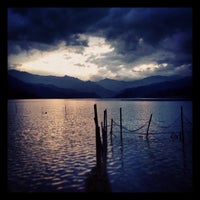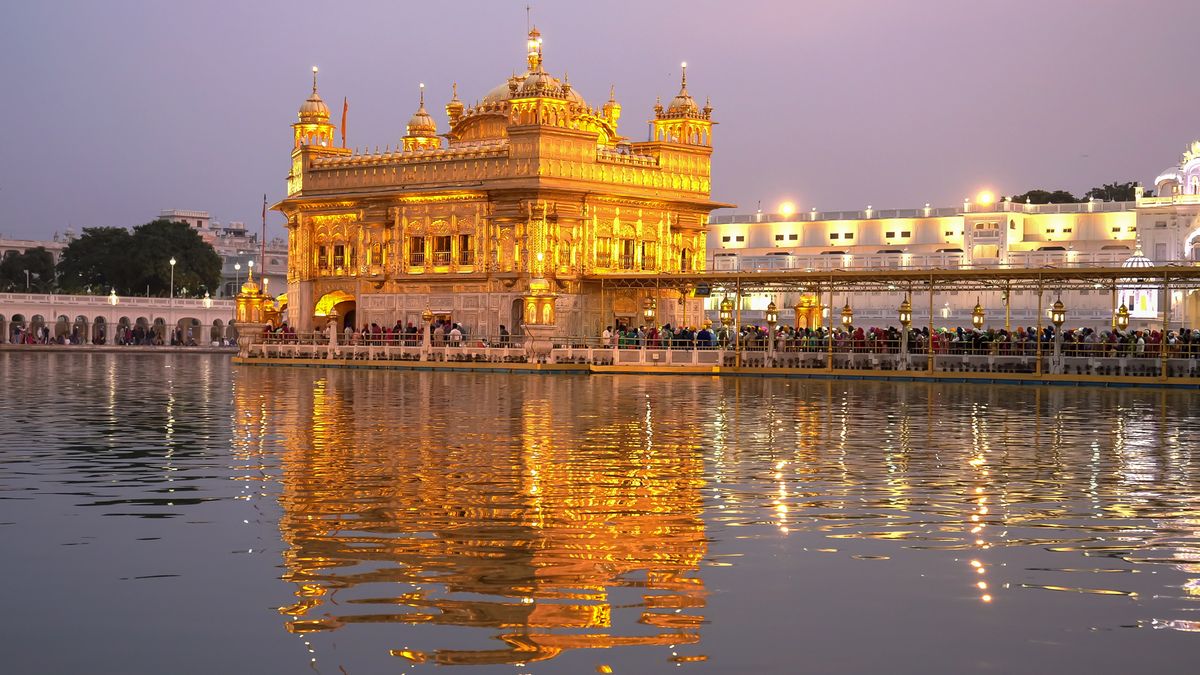See all Things to do in Pokhara
Pokhara Airport
Pokhara, NepalAbout
After the annexation of Tibet by China that led to the Indo-China war the trading route to India became defunct. Today only few caravans from Mustang still arrive in Bagar. Pokhara stupas Pokhara has become a major tourist hub of Nepal, more than making up for the loss of its trading importance. The city offers a combination of nature and culture and is mostly known as the gateway to the trekking route "Round Annapurana", which is usually a trek of 25 days. Pokhara is quite a modern city with only few tourist attractions in the town itself. Most interesting is the old centre in the north of the city (Bagar, Purano Bazar) where many old shops and warehouses in the Newari style can still be found. Although more seldom, mule caravans still arrive there from Mustang. Temples worth visiting in the older part of town are Bindhyabasini temple and Bhimsen temple. Another temple, Barahi temple, is located on an island in the Phewa lake, accessible only by boats. The modern commercial city centre at Chiple Dhunga and Mahendrapul (now called Bhimsen Chowk, named after a Shahid (Martyr) in Jana-aandolan II, April, 2006) is halfway between the lake and Purano Bazar, the old centre. Apart from this there are several subcentres in other parts of town: in the north in Bagar, in the south between Prithvi Chok and Srijana Chok (mainly hardware stores), and in the east, on the other side of the Seti, in Ram Bazar. Phewa lake in 1982 Phewa lake and lakeside view from Sarangkot Seti gorge in Pokhara On a hill overlooking Phewa Tal from the south is the World Peace Stupa (at 1,113 m) QTVR built in 1996 with a view of the lake, across the city and of the snow peaked mountain ranges of Manaslu, Annapurna and Dhaulagiri Himal. The best viewpoint of Pokhara is Sarangkot (1,600 m) and Thulakot (in Lekhnath a part of famous Royal Trek from where four lakes Phewa, Begnas, Khaste and Dipang and whole Annapurna range can be seen) to the west of the city. Paths and a road lead almost to the top of Sarangkot with an excellent view of the mountains and the city. On the summit of Sarankot there is a Buddhist stupa/monastery, which also attracts many tourists. The major touristic attractions of Pokhara are its scenic views in and around town and the cable cars. Many of them are not mentioned in guides or maps. The Seti Gandaki (White Gandaki) and its tributaries have created spectacular gorges in and around the whole city. The Seti gorge runs through the whole city from north to south. At places it is only a few metres wide and the river is so far down below that, at places it is not visible or audible. In the middle of the city, the gorge widens to a canyon looking like a crater. In the north and south, just outside town, the rivers created canyons, in some places 100 m deep. These canyons extend through the whole Pokhara Valley. Viewpoints are not easy to find. One place is the Prithvi Narayan Campus and the other side at the foot of Kahu Danda, where several rivers and canyons join. Behind the INF-Compound (Tundikhel) one can see the Seti River disappear into a small slit of a wall about 30 metres high which is especially impressive in monsoon. Betulechaur in the far north of Pokhara is known for the musician's caste of the Gain





